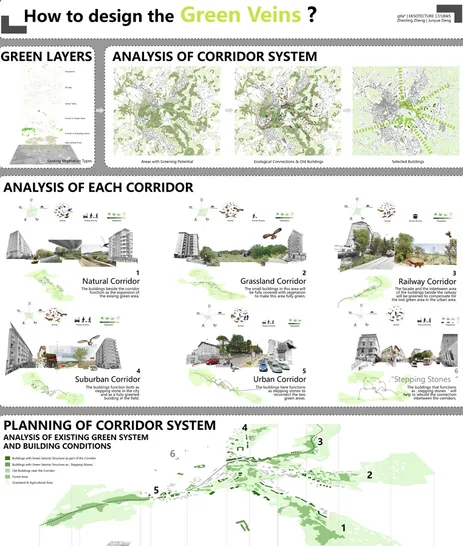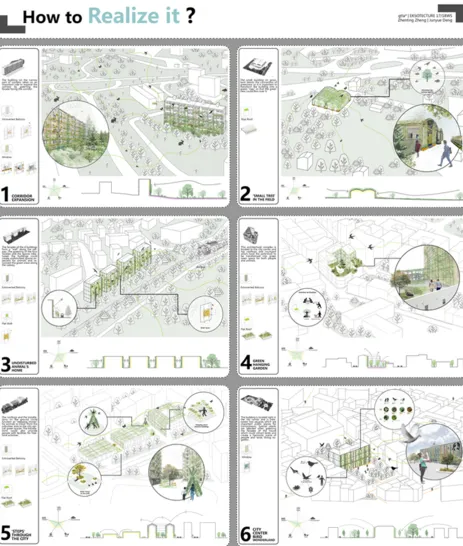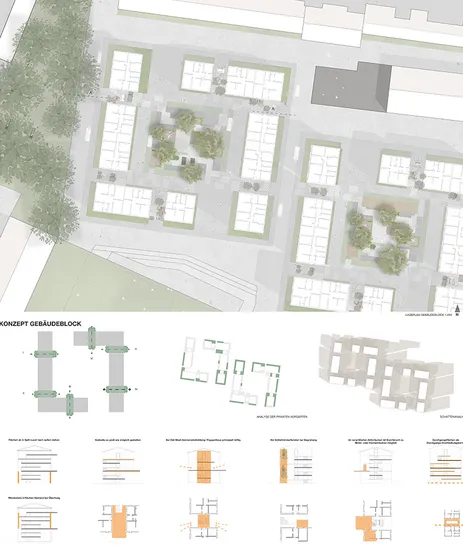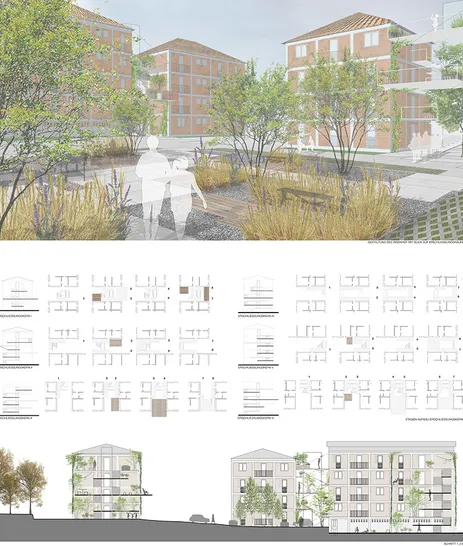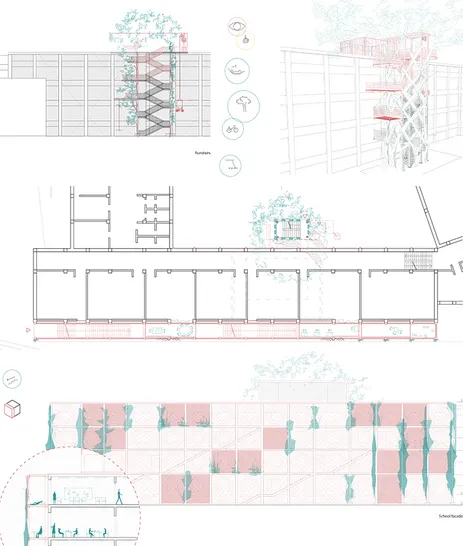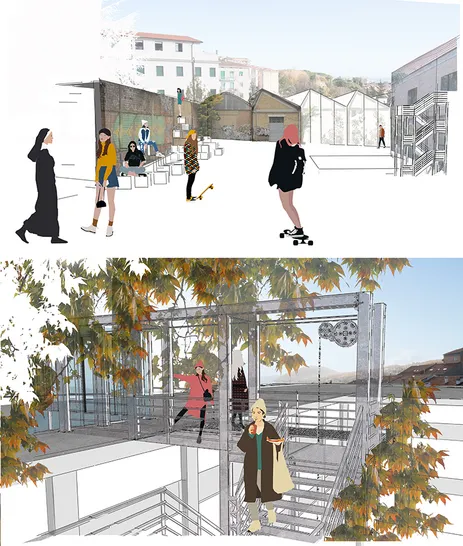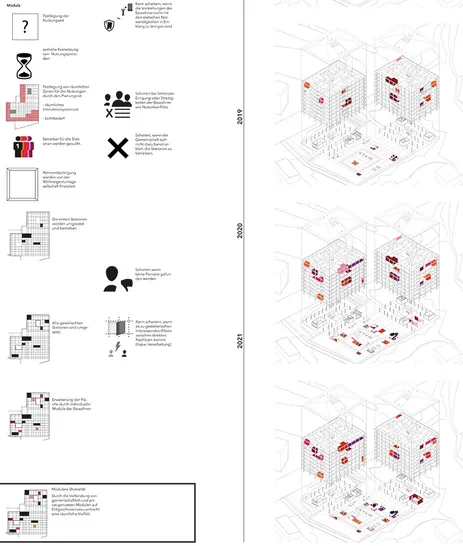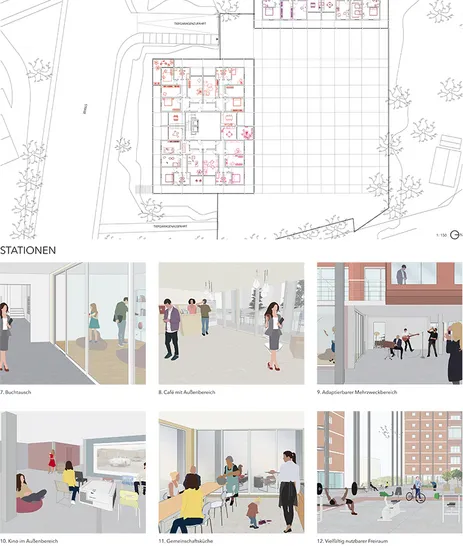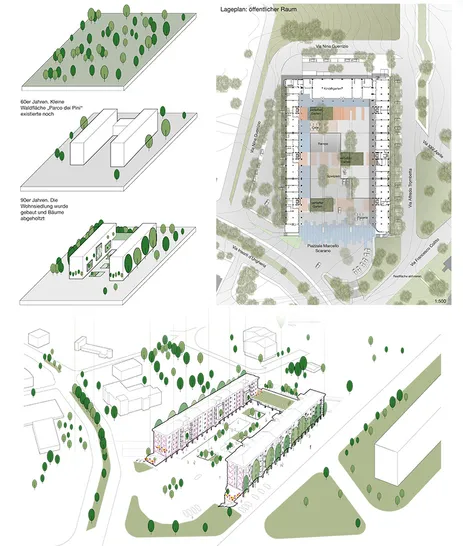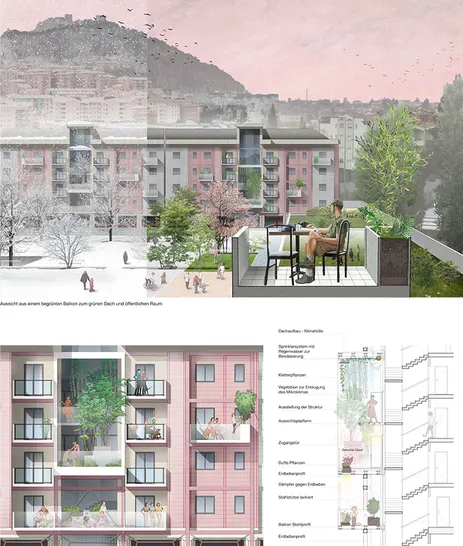EKSOTECTURE/EKSOSCAPE Seismic Green Infrastructure
Italy is a highly seismically active region. Moreover, Italy has plenty of old buildings. When combined, the two aspects can lead to serious and fatal damage. Since demolition and reconstruction is not an adequate solution, many buildings are retrofitted by external supporting structures. These structures are obviously a technical emergency solution that deny any significant design contribution. At a second glance, however, this secondary construction offers great potential: it can be used to supplement and redesign missing spaces and technical infrastructure. In this sense, these elements could serve as support structures for vertical plant systems and thereby form new biotopes. At the same time, open spaces in the city potentially expand as private or public vertical landscapes. The project is based on research carried out by the University of Molise (Italy), which for many years has been investigating the possibilities of supplementing earthquake-prone buildings multifunctionally and sustainably (exoskeleton architecture). While landscape architecture students in the parallel design project EKSOSCAPES worked on potentials at an urban scale, the Master design in architecture focused on building concepts and concrete design proposals for different buildings (residential, public, etc.). A focus was on the development of a vegetative concepts (including baubotanical techniques). How can the building be reconsidered with the gained additional plant-technical layer? How do energy and material flows of a building interlink with plant metabolism? How can atmospheric and climatic aspects be combined into an overall concept? And how do these interventions affect buildings in their proportions and thus their presence in the city's context?
____________________________________________________
Teaching team
Prof. Dr. Ing. Ferdinand Ludwig
Dipl. Ing. Ute Vees
M.A. Lorenz Boigner
Cooperation partner
Stefano Panunzi, Universität Molise
